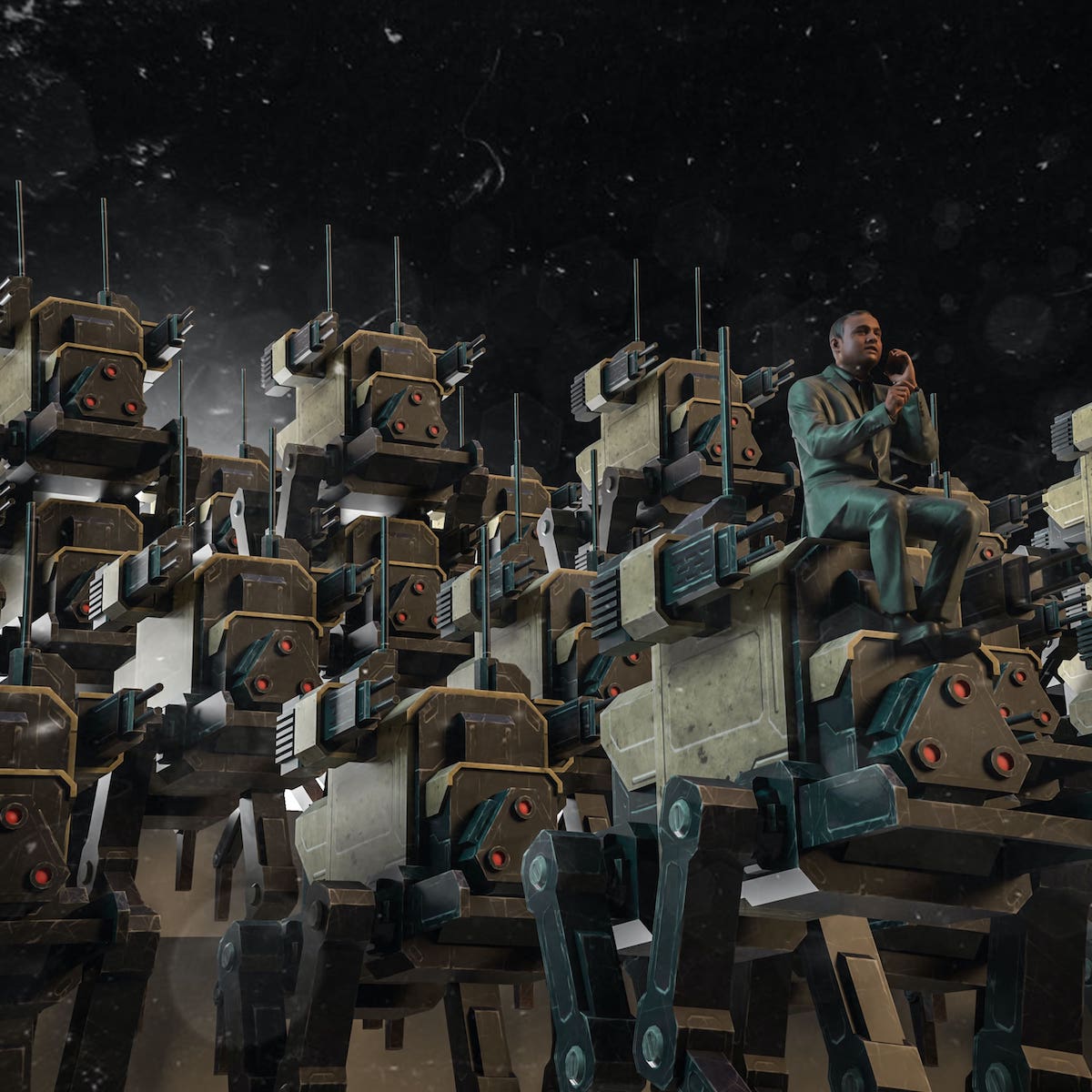What Is CGI? Definition, Examples & How to Use It In Film
Hire film gear from local filmmakers.

Hire film gear from local filmmakers.
We can create buildings without bricks, lakes without water, and even humans without flesh and bones.
There are no limits to what we can bring to life with visual effects. Magic? No, computers.
Entire worlds might be a couple of clicks away.
What is CGI?
CGI is an acronym for Computer Generated Imagery.
As suggested, it involves the employment of computer software to create still or animated graphics (particularly, 3D computer graphics).
CGI characteristics
- Although CGI is common in films, television, and games, this technology is also used in various other areas: advertising, architecture, engineering, virtual reality, and even art.
- This technique allows high-quality results (can produce a non-existent image with 10K resolution)
- There is an easier control of effects when compared to other processes (such as constructing miniatures or casting lions to play Simba).
- It can create two-dimensional (such as text, objects, backgrounds, backdrops, and environments) and three-dimensional computer-generated imagery (objects, figures, spaces, and environments).
- Most importantly, with CGI, imagination is the limit.

The history of CGI
Special effects used to be solely puppetry, hair and makeup, robotics and electronics. As creativity and expectations expanded, these methods started to fall short, and computers had to intervene.
CGI began around the 1960s when various inventors and companies played around with the world of computer animation.
The first film to employ CGI was Westworld (1973), a high-tech adult amusement park where humanoid robots live amongst humans. They digitally pixelized motion-picture photography to simulate the android's point of view. Still, it wasn't until the 1990s that CGI became predominant in the industry.
Jurassic Park (1993) was the first film to include a digital face replacement of a stunt double and "photorealistic” CGI dinosaurs.
Two years later, Toy Story (1995) was the first full-length computer-animated movie. From the 2000s onwards, CGI techniques kept progressing.
In 2009, about 70% of the movie Avatar used CGI (it still ranks as one of the most costly movies ever made and is regarded as one of the best uses of CGI in history).
In Life of Pi (2012), photorealistic animal CGI created the massive tiger.
Later, in Blade Runner: 2049 (2017), CGI de-aged actress Sean Young to look exactly like she did in the original version in 1982.
And in 2019, Cats (2019) used digital fur technology to make the human actors appear like felines.
Traditionally, producing high-quality CGI was expensive and laborious as it required complex hardware and software and professionals to manage it.
In recent years, the situation has changed dramatically as anyone who wants to learn about CGI can access programs from their home computers. Some are free and beginner-friendly, and others cost thousands of dollars a year and are much more professional.
Examples of CGI
The examples are endless:
- Ghostbusters (1984),
- Jurassic Park (1993),
- Harry Potter (2001),
- Lord of the Rings (2001),
- Pearl Harbour (2001),
- Megamind (2010),
- Tron: legacy (2010),
- Interstellar (2016),
- Stranger Things (2016 Netflix show),
- Doctor Strange (2016),
- The Jungle Book (2016),
- War for the Planet of the Apes (2017),
- Paddington 2 (2017),
- Blade Runner 2049 (2017),
- The Lion King (2019), and many more.
What is CGI animation?
No area of cinema has adopted this technology more than entirely animated movies, where 2D animation and live-action merge.
Unlike hand-drawn traditional animation, in CGI, artists create a three-dimensional world on the computer. Three-dimensional sets are built, illuminated, and painted, similarly to what happens in sets for live-action films.
Also, the characters are designed from the internal skeleton until the surface/skin, including textures, colors, posture, movements.
The main benefit of this animation is that it is a non-linear process as it allows breaking pieces apart and constant retouch.

9 Roles and departments that use CGI in movies
1. Art department
The Art Department will convert the Director's ideas into visuals. These artists create everything from storyboards to photorealistic artworks that show how the finished shot will look. These are shared with the entire team to outline the creative and technical challenges.
2. Pre-Viz
The pre-visualization professionals create the first 3D representation of the final visual effects shot. In other words, they use artwork and basic 3D models to generate low-quality versions of the action sequences so the Director can plan camera placement and technical requirements.
3. Asset department
Virtual assets are needed in visual effects to match real-world objects or create objects that don't exist or are too expensive to build in the real world. Generally, these are created by modeling artists, texture painters, shader developers, and riggers.
4. Animation
An animator’s job is to bring life to the elements by delivering the realistic movement of objects, creatures, or effects in a scene. In a fantasy film, that animator would dictate the wispy movements of a fairy's spell.
5. FX simulation
These artists are responsible for recreating the behavior of real-world elements such as fire, rain, explosions, textures, hair, and a whole lot more. This role requires both technical skills and a lot of creativity.
6. Lighting
The lighting team uses virtual light sources and their knowledge of how light behaves in different environments to make every computer-generated element look good and appear right at home in the live-action footage.
7. Matte paint
Matte Painters are the ones that produce the backdrops. They usually manipulate images to design spectral skies or futuristic cityscapes.
8. Composition
These artists have the important job of bringing all ingredients together and making it seamless. Compositors need strong attention to detail and a solid understanding of lighting.
9. Production
For the non-artists, there are also several roles for people who prefer managing teams, budgets, and agendas. The top production role at a studio is the VFX Producer, who works closely with the VFX supervisor to project manage the entire process. This includes defining the resources required, hiring artists and crew, managing budgets, and ensuring the project is delivered on time.

Learn more about the filmmaking process
Filmmaking is unquestionably a magic universe. Learn more about the whole filmmaking process.
What is CGI in film?
It's a technology that employs computer software to create still or animated graphics.
What does CGI stand for?
Computer generated imagery.






















